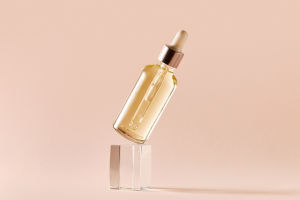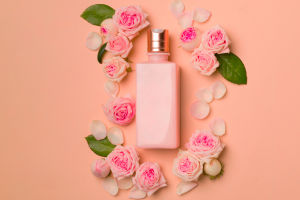Nails are not just decorative features for fingers and toes; they play an important role in our daily lives, helping us perform many delicate tasks.
However, many people often neglect the care of their nails, leading to brittleness and breakage.
The health of our nails not only affects appearance but is also closely linked to the risk of bacterial and fungal infections.
There are many reasons why nails are prone to breakage, one of which is a lack of proper care. When nails suffer from external trauma or frequently come into contact with moisture, their structure can be compromised.
Being in a cycle of alternating between wet and dry conditions can gradually reduce the lipids in the nails, causing them to lose moisture and become fragile.
Additionally, exposure to various chemical substances, especially cleaning agents and hair dyes, can damage the keratin structure of the nails, reducing their hardness and increasing the risk of breakage.
As for nail polish, does beautifying the nails have any impact on their health? Some may worry that frequent use of nail polish could harm the nails. Dermatologists indicate that nail polish provides a protective barrier for the nails, preventing excessive moisture evaporation and enhancing their hardness.
For those who frequently expose their nails to water or have inherently brittle nails, applying nail polish can help reduce breakage. Moreover, while nails have micropores that can absorb and evaporate moisture, the ingredients in nail polish do not penetrate the skin and therefore do not pose a direct threat to the body.
However, the real culprit that often harms the nails is the nail polish remover. Most nail polish removers on the market contain acetone, which, while effective for removing nail polish, can strip the nails of lipids and enamel, thus diminishing their moisture-retaining ability and making them more prone to breakage. Acetone is highly irritating, and some individuals may experience paronychia as a result.
Additionally, certain ingredients in nail polish can lead to contact dermatitis, especially for those with allergic tendencies, requiring special caution regarding the ingredients in nail polish.
Some individuals have also noticed that after using dark-colored nail polish, their nails can turn yellow or appear cloudy. This is due to the pigments in the nail polish, and typically, the nails will return to normal after discontinuing use for a period.
To maintain healthy nails, it is essential to avoid frequent exposure to chemicals and moisture and to regularly give the nails a break by reducing the frequency of nail polish use.
Maintaining a good diet is also crucial in nail care; adequate nutrition can promote nail growth and strength. Regular use of moisturizers and nail polish can further enhance nail resilience and reduce the likelihood of breakage.
The health and beauty of nails require careful attention. Proper care and reasonable use of nail polish can ensure that nails are both attractive and healthy.
By avoiding excessive exposure to chemicals, focusing on moisture retention, and planning the use of nail polish, nails can not only showcase stunning colors but also maintain their health.


